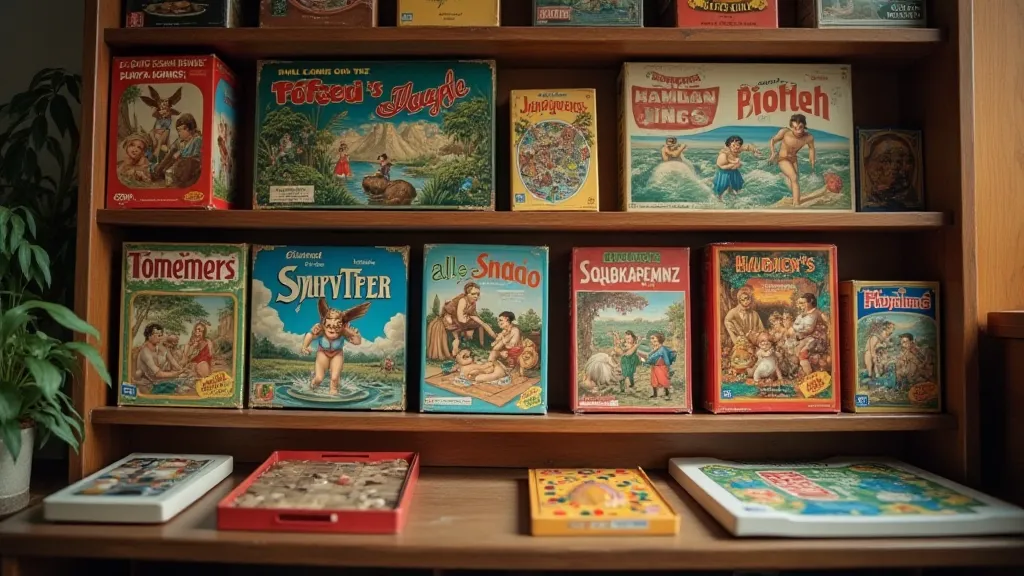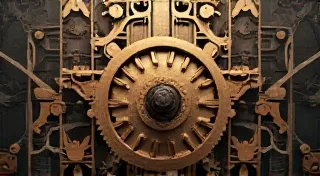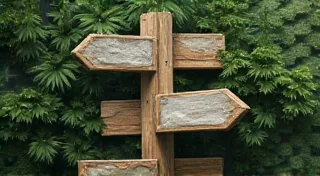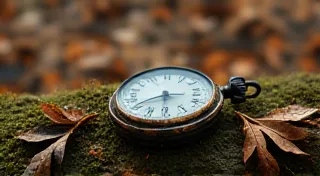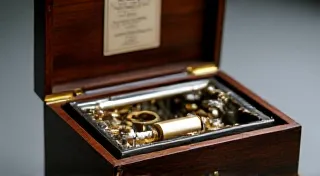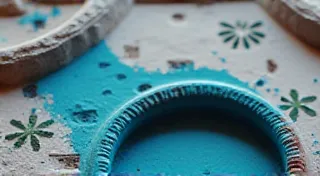The Alchemist's Formula: Decoding Rare and Misprinted Board Game Variants
The scent of aging cardboard, the subtle crackle of worn edges, the faint ghost of laughter echoing from decades past – these are the sensations that draw collectors to the world of vintage board games. It’s a world far richer than simply acquiring pieces of plastic and cardboard; it’s about holding history in your hands, feeling a connection to generations of players, and appreciating the artistry and ingenuity of a bygone era. But within this already fascinating realm lies an even more arcane corner: the hunt for rare and misprinted board game variants. It’s a pursuit akin to an alchemist’s quest, searching for the perfect combination of circumstances that yielded something truly unique.
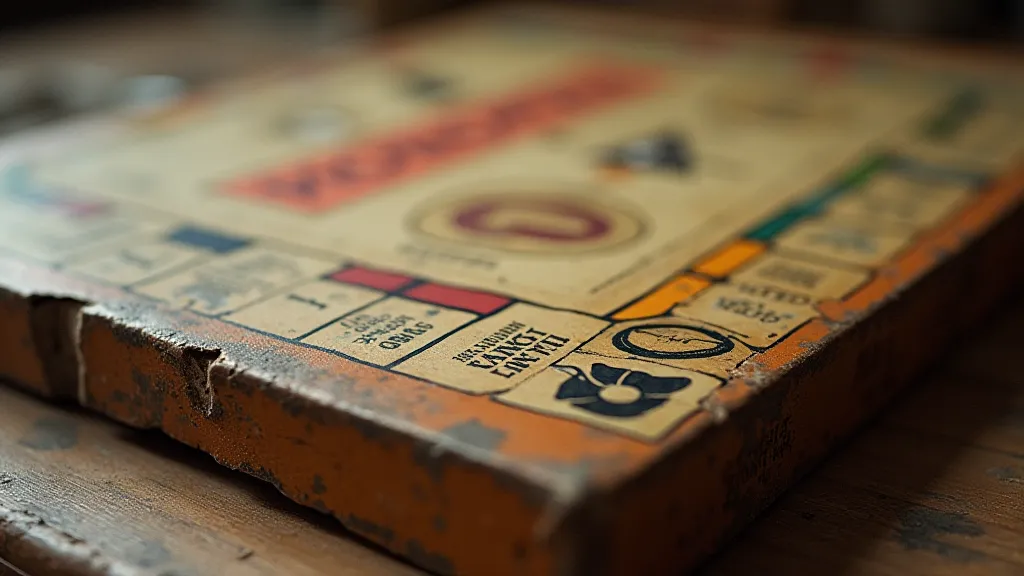
The Dawn of Commercial Games & Early Errors
The history of board games is long and winding, but the modern, commercially-produced games we recognize emerged in the late 19th and early 20th centuries. Companies like Milton Bradley and Parker Brothers revolutionized entertainment, mass-producing games that could be enjoyed by families across the nation. But with any mass production process, mistakes happen. These weren't seen as failings, but often as quirks or even opportunities. Some early errors were corrected quickly, while others slipped through, becoming incredibly sought-after by collectors today. The aesthetic considerations were also paramount; even early on, the companies were striving for a certain feel, attempting to embody the cultural mood of the time, a subject which some scholars have explored in detail – examining the golden ratio of gameplay and its impact on vintage board game design.
Consider the early editions of Monopoly. The game's convoluted and fascinating history, starting with Lizzie Magie’s “The Landlord’s Game,” adds another layer of intrigue. Initial production runs often featured subtle differences – the color of a train, a slight variation in property values, or even a different typeface for the title. These seemingly insignificant deviations can dramatically impact a game's value. A 1933 edition with a single misprinted property deed can fetch prices far exceeding those of more common versions. The context in which these games emerged also reflects broader societal shifts, especially the rise of risk-taking and strategic thinking – a perspective often reflected in analyses of games like Risk, where the clockwork heart of Risk illustrates the strategies and mindset of the Victorian era.
The Human Element: Craftsmanship and Evolution
What truly elevates the appeal of these variants isn't just the rarity; it’s the glimpse they offer into the human process of game creation. Imagine the lithographers painstakingly preparing printing plates, the assembly line workers piecing together components, and the editors meticulously reviewing instructions. Each game represents countless hours of labor, often carried out with remarkable skill and attention to detail. The errors, then, are not blemishes but rather unexpected signatures of that human endeavor. The materials themselves – particularly those games utilizing tinplate – were susceptible to damage and wear, contributing to the fleeting nature of some of these treasures, a phenomenon of fractured landscapes often seen in tinplate board games.
Think about the early editions of Clue (Cluedo in the UK). The artwork, the elegant box design, the charmingly antiquated language – all point to a time when board games were considered more than just disposable entertainment. The meticulous process of creating the miniature weapon tokens, the careful engraving of the character portraits – these are hallmarks of an era when craftsmanship and quality were paramount. A rare early edition with a different illustration for Miss Scarlett, or a subtly altered rulebook, becomes a tangible link to that artistic heritage. The people behind these games, often uncredited, were instrumental in shaping family game night, despite remaining largely unknown - the dust & echoes surrounding their contributions only adds to their mystique.
Decoding the Variants: Identifying the Tells
Identifying these rare variants requires a keen eye and a healthy dose of patience. It's not enough to simply know the game’s name and year of publication; you need to understand the subtle nuances that distinguish one edition from another. This involves scrutinizing every detail – the box artwork, the board layout, the playing pieces, the rulebook, even the type of cardboard used. The condition of these components is heavily influenced by the materials employed, and the fragility of certain processes contribute to rarity.
Look for variations in the rulebook. Early editions often had incomplete or inaccurate instructions, frequently corrected in later printings. Pay close attention to the artwork on the box and board. Companies often experimented with different artists and styles, and these changes can be crucial indicators of rarity. The color of the playing pieces is another frequently overlooked detail. Small shifts in dye lots or manufacturing processes can lead to unexpected color variations that mark specific editions. Understanding the historical context of these variations is vital – recognizing that changes reflect evolving design philosophies and manufacturing techniques. The cost of correcting errors also played a role, sometimes leading to variations being perpetuated longer than intended.
Research is absolutely key. Collector’s forums, auction records, and specialized guidebooks are invaluable resources for identifying and valuing rare variants. Connect with other enthusiasts, share your discoveries, and learn from their expertise. The board game collecting community is remarkably generous with its knowledge. The dedication required to pursue these elusive variants is a testament to the enduring appeal of these pieces of history.
Experimental Editions and Prototypes: The Holy Grail
Beyond the common misprints and variations, lie the truly exceptional finds – experimental editions and prototypes. These are the holy grails of the board game collecting world, representing test runs of new games or significant revisions to existing ones. They often exist in incredibly limited quantities, making them exceptionally rare and valuable. These prototypes are especially important in documenting the evolution of game design, showcasing ideas that were ultimately rejected or modified.
Imagine holding a prototype of a game that never made it to market – a glimpse into the creative process, a tangible representation of an idea that was ultimately abandoned. These pieces are not simply collectibles; they’re fragments of history, whispers of what might have been. Acquiring one is a moment of profound discovery, a connection to the dreams and aspirations of game designers past. The sheer number of ideas that never saw the light of day is staggering; each prototype is a testament to the iterative nature of creativity.

Preservation and Respect: Treating History with Care
Collecting vintage board games isn't just about acquisition; it's about preservation. These are fragile artifacts of a bygone era, and they deserve to be treated with respect and care. Avoid exposing your games to direct sunlight, extreme temperatures, or humidity. Store them in protective boxes or sleeves to prevent further damage. While restoration is sometimes necessary, it should be undertaken with caution, using archival-quality materials and techniques. The goal is to stabilize the game's condition, not to erase its history. A few minor flaws are part of its story. The understanding of appropriate preservation techniques is constantly evolving, driven by research into archival science and conservation practices.
The Enduring Appeal: More Than Just Games
The pursuit of rare and misprinted board game variants is more than just a hobby; it's a journey of discovery, a celebration of craftsmanship, and a connection to the past. It's about appreciating the artistry and ingenuity that went into creating these iconic games, and about preserving a piece of our cultural heritage. Each game represents countless hours of entertainment, laughter, and connection. By collecting and preserving these treasures, we ensure that those memories continue to resonate for generations to come. It’s a quest as rewarding as any alchemist’s formula - a search for the hidden magic within the cardboard and ink. The thrill of the hunt, combined with the historical significance of these items, makes it a truly enriching pursuit.
